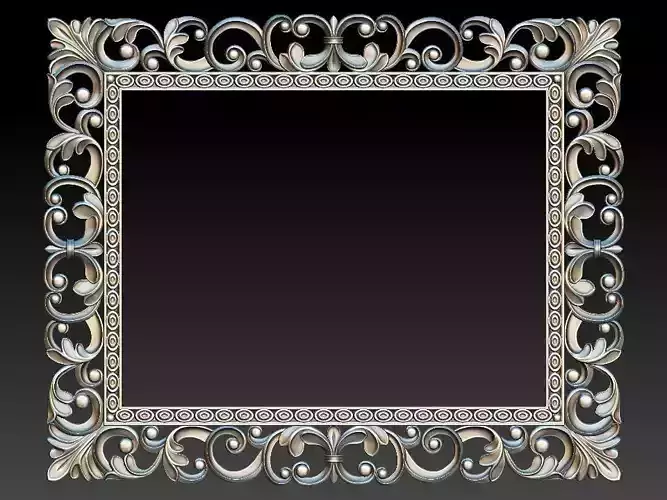1/25
A mirror or reflector is an object such that each narrow beam of light that incides on its surface bounces (is reflected) in a single direction. This property, called specular reflection, distinguishes a mirror from objects that scatter light in many directions (such as flat-white paint), let it pass through them (such as a lens or prism), or absorb it.
Most mirrors behave as such only for certain ranges of wavelength, direction, and polarization of the incident light; most commonly for visible light, but also for other regions of the electromagnetic spectrum from X-rays to radio waves. A mirror will generally reflect only a fraction of the incident light; even the best mirrors may scatter, absorb, or transmit a small portion of it. If the mirror's width is only a few times the wavelength of the light, a significant part of the light will also be diffracted instead. An object that is a mirror when examined at a small scale (like a bearing ball) may seem to be scattering light when examined at a larger scale.
When looking at a mirror, one will see a mirror image or reflected image of objects in the environment, formed by light emitted or scattered by them and reflected by the mirror towards one's eyes. This effect gives the illusion that those objects are behind the mirror, or (sometimes) in front of it. A plane mirror will yield a real-looking undistorted image, while a curved mirror may distort, magnify, or reduce the image in various ways.
A mirror is commonly used for inspecting oneself, such as during personal grooming; hence the old-fashioned name looking glass.[1] This use, which dates from the Prehistory,[2] overlaps with uses in decoration and architecture. Mirrors are also used to view other items that are not directly visible because of obstructions; examples include rear-view mirrors in vehicles, security mirrors in or around buildings, and dentist's mirrors. Mirrors are also used in optical and scientific apparatus such as telescopes, lasers, cameras, periscopes, and industrial machinery.
The terms mirror and reflector can be used for devices that reflect other types of radiation according to the same laws. An acoustic mirror reflects sound waves, and may be used for applications such as directional microphones, atmospheric studies, sonar, and sea floor mapping.[3] An atomic mirror reflects matter waves, and can be used for atomic interferometry and atomic holography.
REVIEWS & COMMENTS
accuracy, and usability.

























